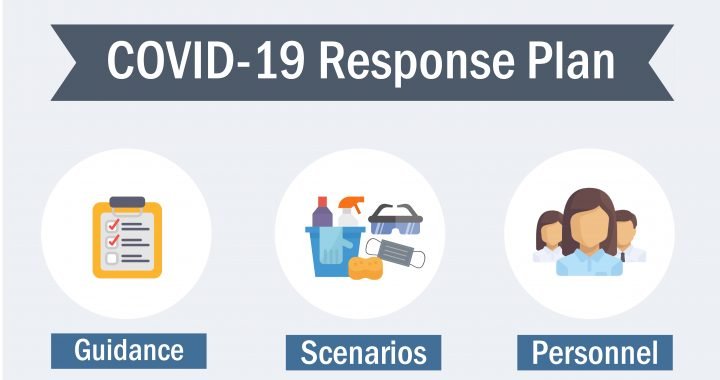-
EnSafe has been providing emergency response plans for a wide range of industries for 40 years, and we’re now leveraging that experience to build comprehensive COVID-19 Response Plans for our clients.
Here are some recommended measures to include in your COVID-19 action plan:
What to Include Why to Include Infection prevention measures Clearly communicated prevention measures improve plan compliance and hopefully reduce contraction and/or transmission. Framework for conducting job exposure classification A classification framework guides the process for correctly determining various job exposure risk levels. Policies and procedures for identifying and isolating employees exposed to COVID-19 Well-defined procedures increase speed and efficiency of vital responses. Development and implementation of flexible work practices Adaptive work practices enable work continuity. Workplace Controls (Engineering, Administrative, and Personal Protective Equipment) Proper workplace controls protect your most valuable asset – your people. Protocols for communicating COVID-19 response policy and procedures to staff Controls and procedures are more effective when communicated well. General protocols for cleaning facilities (e.g., manufacturing, warehouse, office spaces, vehicles, etc.) Hygiene is the most effective preventative measure against the spread of COVID-19. When creating your facility’s specific cleaning protocols we recommend doing three things:
First, carefully follow current guidance from the U.S. Centers for Disease Control and Prevention, the World Health Organization, and the U.S. Occupational Safety and Health Administration.
Second, develop both precautionary and response cleaning scenarios. Precautionary scenarios should be implemented on a regular/recurring schedule, effective immediately. Response scenarios should be implemented in the event of a trigger incident (e.g., a staff member, customer, or vendor, tests positive for, or shows symptoms of, COVID-19. Make sure to include the process, disinfectants, personal protective equipment, and employee training appropriate for both cleaning scenarios.
Third, coordinate with your facility personnel, as well as your cleaning contractor(s), to make sure that all onsite staff, both long- and short-term, establish mechanisms to coordinate their efforts and communicate effectively.
Most importantly, remember that recommendations and guidelines for responding to the COVID-19 pandemic are fluid and rapidly evolving. Therefore, you’ll want to update your cleaning protocols, and your COVID-19 Response Plan as a whole, as necessary based on evolving conditions or guidance.
Need help developing and implementing your COVID-19 Response Plan? EnSafe’s trained industrial hygienists and safety professionals can help!

What should a comprehensive COVID-19 Response Plan Include?
Posted in Insights/Innovation.